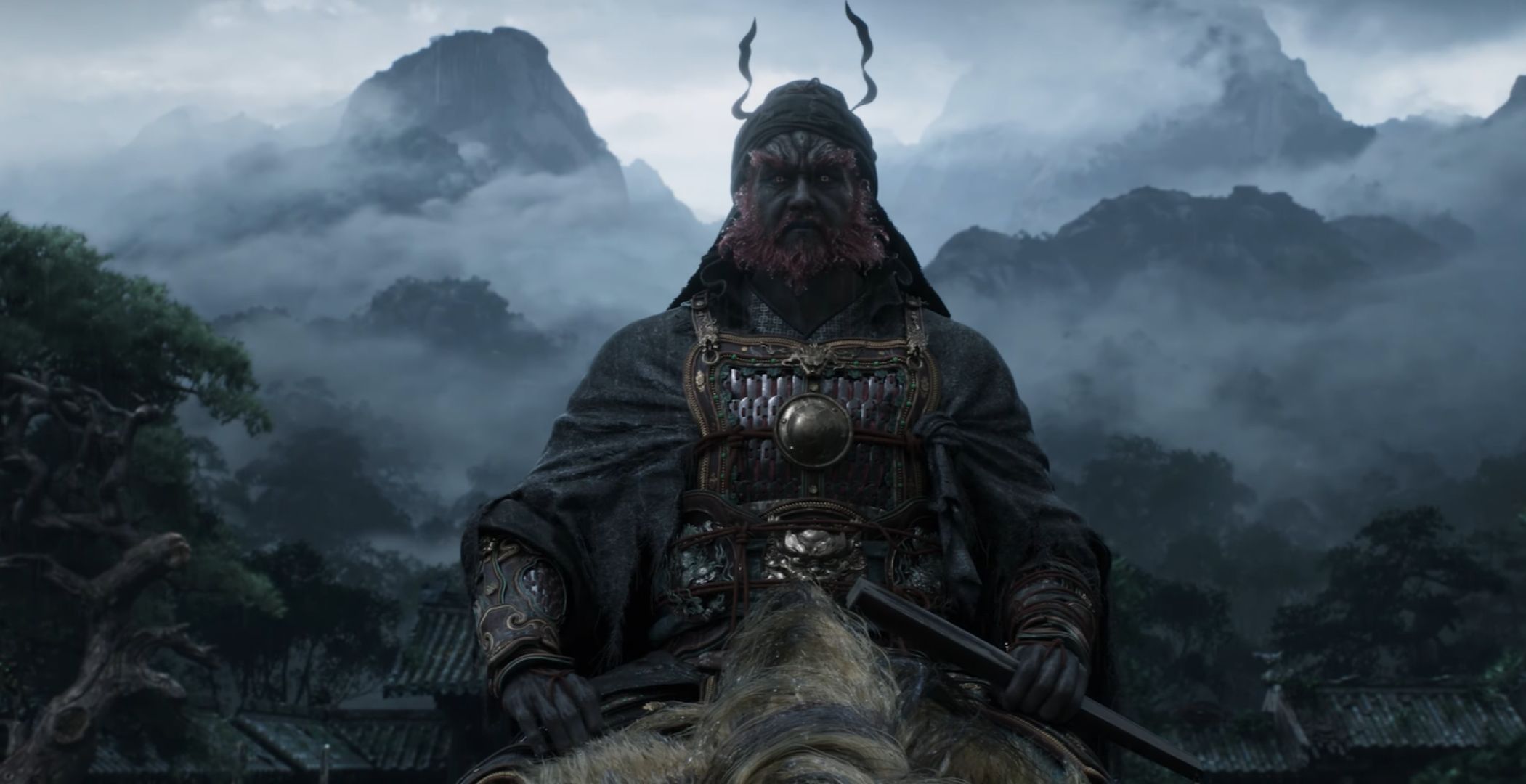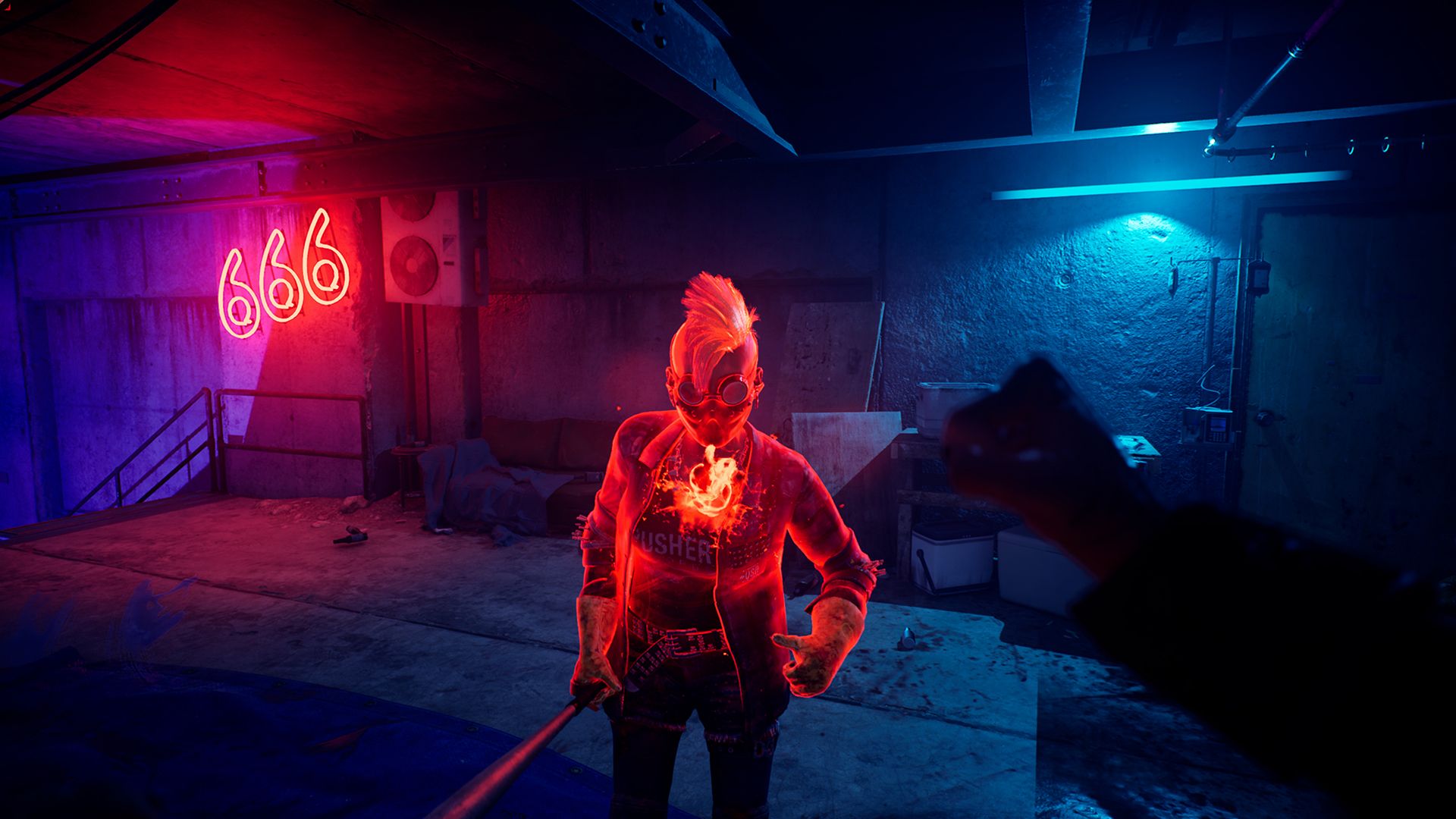I have played and run a lot of White Wolf’s Vampire: The Masquerade live-action role-playing and tabletop games. The best part of those games is getting to know the other characters — prying out their secrets and scheming with or against them to amass power and influence in the city. The worst part is the combat, which in every edition I’ve played has been a messy slog.
That divide is also true of the first chapters of Vampire: The Masquerade – Bloodlines 2, which will be released on Oct. 21, six years after the sequel to 2004’s cult hit Vampire: The Masquerade – Bloodlines was announced. The game has had a deeply troubled development process. It was delayed indefinitely in 2021 after the writer of the original Bloodlines was fired and publisher Paradox Interactive parted ways with developer Hardsuit Labs. The Chinese Room (Dear Esther, Everybody’s Gone to the Rapture) took over the project in 2023 with an entirely new plot focused on an elder vampire who has just awoken in modern-day Seattle.
That’s a decent way to distinguish the sequel from the original Bloodlines, where your character starts as a human who has just been turned into a fledgling vampire. Waking from torpor still provides an excuse for needing to learn everything there is about navigating the city and its politics. You play as The Nomad aka Phyre, a mysterious vampire who has been wandering around the world for hundreds of years, usually showing up to herald a period of change. And change is definitely in the air with the city’s vampire Prince having just been killed by anarchs, vampires who don’t believe in the typical undead hierarchy.
Fabien, a Malkavian (the vampire clan of mentally unstable seers) detective, is your guide – he’s literally a voice in your head. Yes, this feels a lot like Johnny Silverhand in Cyberpunk 2077, but absorbing the personality of another vampire is a well-established part of V:TM lore so I don’t mind. Fabien is funny and I enjoy his noir sensibilities and the broken mirror visuals that accompany his flashbacks, which are a fun nod to the Malkavian clan symbol.
Your psychic hitchhiker provides advice on where to go next and how to handle key NPCs you can talk to with rich dialogue trees that impact how they’ll react to you. Some options are available based on which vampire clan you choose to be a part of – the base game provides four options while an expansion offers two more. I particularly enjoyed chatting with the arrogant former Prince about how she keeps pulling the strings behind the scenes.
But most of this demo doesn’t feel like the V:TM TTRPG or LARP, or even like a particularly fun video game. Phyre wakes up in a flop house and has to jump and crawl her way to the roof while avoiding cops and killing some ghouls – people who’ve gotten some power from drinking vampire blood. Very little of the environment can be interacted with. Your heightened senses are meant to show key items, like things you can climb or objects you might want to throw at enemies, but it doesn’t always seem to work.
I played as a Ventrue, the haughty vampires known for being charismatic, tough, and controlling people’s minds. It’s the clan ranked as the easiest to play and I’m not an action RPG expert so I decided I’d do myself a favor since I’m mostly curious about this game for the story. But these Ventrue don’t have the supernatural charisma they’re known for. They have a strict linear ability tree that makes you a bit tougher after you’ve just fed, gives you the power to one-shot mortals by compelling them to kill themselves, and allows you to possess someone remotely. The fortitude ability has such a short duration that it’s ineffective in fights against a big, tough opponent, when your beginner dominate powers also seem to be effectively useless.
So what’s a Ventrue to do? Apparently use telekinesis, which every character has regardless of clan, despite the fact that in the world of V:TM that is a very rare ability typically limited to the vampire wizards, the Tremere. You cannot simply pick up and carry a weapon you find in your hands, you have to use your telekinesis to hold onto a gun or baseball bat and then use a clumsy aiming system to lob it at your opponent. Many times I would try to grab a fallen weapon and just come away chucking a dinky coffee cup. When not throwing projectiles, you’re relegated to punching, kicking, and dashing away.
Why is this the case? Has Phyre taken some sort of oath to not sully their hands with crude weaponry? I could understand if weapons broke under the force of being wielded by a vampire with super strength. It can even be fun to lob a fire extinguisher – which explodes on impact in this world. But as I’m getting my ribs smashed in with a sledgehammer, I can’t help but think “Why can’t I do that?” You could use weapons in the original Bloodlines and while combat was still kind of a mess in that game, at least it made sense.
The difficulty of the fights would be more forgivable if you were rewarded for being clever. In a scene where I needed to make it to the 21st floor of an anarch-occupied building to visit the Prince, I caused a noisy distraction to explore the sides of the lobby and found a ladder and a duct. I tried to climb into it, but couldn’t. I caused another distraction to get the anarchs to leave their patrol by the elevator and ran to press the button but couldn’t interact with it. Only after I’d killed all the anarchs could I determine that the elevator was busted and then go climb into that duct.
I’m going to get to play another section of the game at Gamescom and I certainly hope it has more scheming and less crawling through ducts using telekinesis, which does not feel at all like Vampire: The Masquerade. Otherwise I’m afraid this game would have been better off left in torpor.
Vampire: The Masquerade Bloodlines – 2 will be released on Oct. 21 on PC, PlayStation 5, Windows PC, and Xbox Series X
















